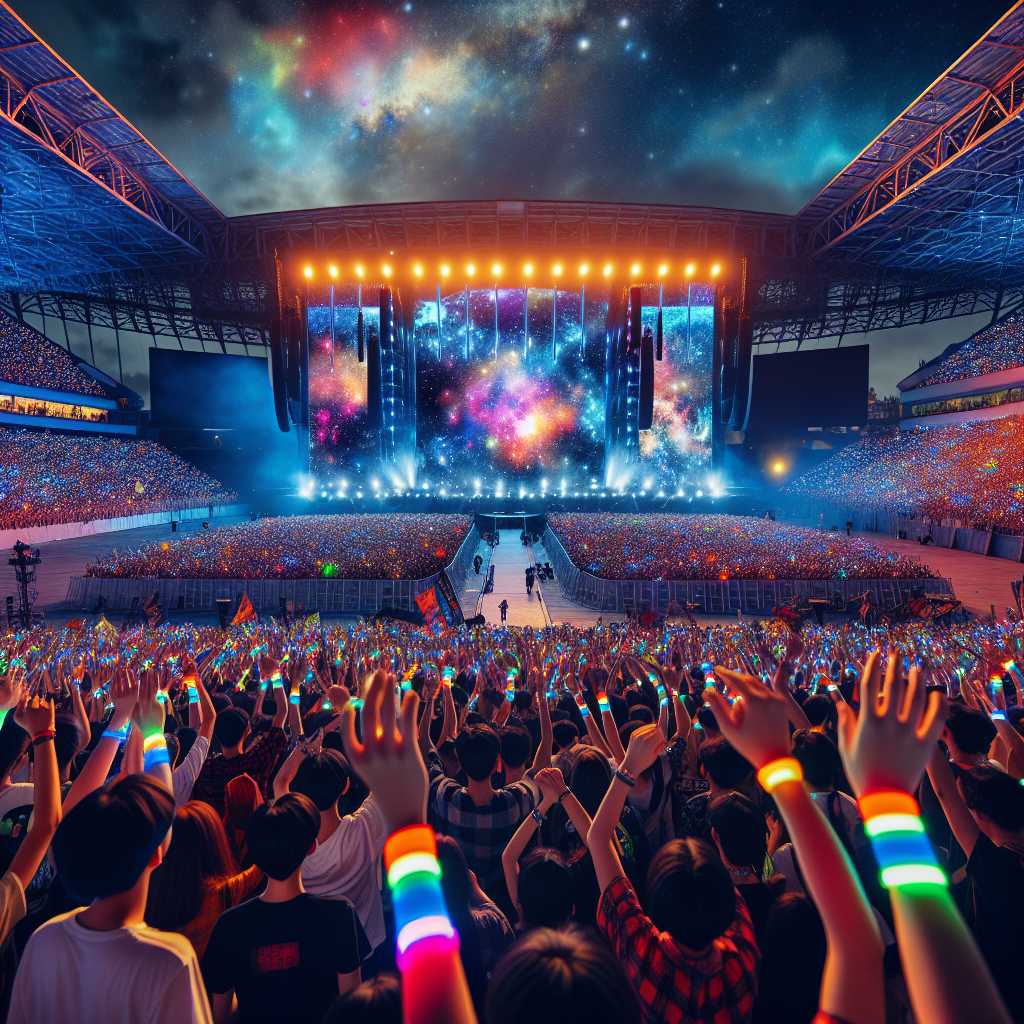Example Article
Introduction to Modern Tsunami Watch Systems
Tsunami watch systems have evolved significantly over the past few decades, becoming critical components of disaster risk reduction in coastal regions worldwide. Traditionally, these systems relied heavily on seismic data and tide gauges to detect potential tsunami threats after an undersea earthquake. However, the inherent delay between an event’s detection and public notification posed challenges for timely evacuations. Today, tsunami watch systems integrate a variety of sensors including ocean buoys, satellite data, and seismic networks to provide more accurate and faster warnings.
Despite these advances, the unpredictability and complexity of tsunami generation demand continuous improvements in detection and response capabilities. For instance, not all undersea earthquakes generate tsunamis, and false alarms can lead to unnecessary panic and economic disruption. Consequently, refining the precision of tsunami watch alerts remains a priority for scientists and emergency managers.
In recent years, artificial intelligence (AI) has emerged as a transformative tool in this field. By analysing vast datasets in real time and learning from historical events, AI enhances the ability of tsunami watch systems to assess risks quickly and accurately. This article explores how AI is reshaping tsunami warning frameworks and what it means for future disaster preparedness.
Artificial Intelligence: Revolutionising Tsunami Detection
Artificial intelligence brings unprecedented capabilities to tsunami detection by applying machine learning algorithms to complex geophysical data streams. These algorithms can identify subtle patterns that may precede a tsunami event, such as specific seismic waveforms or ocean pressure changes, which traditional methods might overlook. By continuously training on both historical tsunami incidents and non-events, AI models improve their predictive accuracy over time.
One notable application is the use of deep learning neural networks that process inputs from multiple sensor types simultaneously. This multimodal data fusion allows AI systems to differentiate between benign seismic activity and events likely to trigger tsunamis with greater confidence. Moreover, AI-driven models can operate autonomously with minimal human intervention, reducing delays in issuing warnings.
The integration of AI also facilitates dynamic risk assessment by accounting for local bathymetry, coastal topography, and population density in near real-time. Such contextual awareness helps emergency services prioritise areas most at risk and tailor evacuation orders accordingly. This level of sophistication was unimaginable in earlier generations of tsunami watch technology.
Challenges and Ethical Considerations in AI-Driven Tsunami Watches
While AI offers remarkable benefits for tsunami warning systems, it also introduces new challenges that must be carefully managed. One significant concern is the quality and representativeness of training data; since large-magnitude tsunamis are relatively rare, datasets may be limited or biased towards certain geographic regions. This scarcity can affect AI model generalisability and reliability across diverse environments.
Another issue relates to transparency and explainability. Emergency managers need clear reasoning behind AI-generated alerts to make informed decisions under pressure. However, many advanced machine learning models operate as ‘black boxes,’ making it difficult to interpret how specific predictions are derived. Developing explainable AI frameworks is therefore crucial for building trust among stakeholders.
Ethical considerations also arise regarding false positives and false negatives. Over-warning can cause public desensitisation or economic loss due to unnecessary evacuations, while missed warnings have catastrophic consequences for human life. Striking a balance requires continuous validation of AI systems alongside traditional methods, emphasising a hybrid approach rather than complete automation.
Future Directions: Collaborative Ecosystems for Tsunami Risk Mitigation
Looking ahead, the future of tsunami watch systems lies in collaborative ecosystems where AI technologies complement human expertise and robust infrastructure networks. International cooperation is essential given that tsunamis often impact multiple countries across vast oceanic regions. Shared data repositories and standardised protocols enable AI models to learn from diverse scenarios globally.
Additionally, integrating community engagement platforms with AI-driven alerts empowers local populations to respond effectively during emergencies. Mobile applications equipped with real-time updates, personalised evacuation routes, and educational resources can enhance resilience at the grassroots level.
Investment in research is vital for advancing sensor technologies and expanding datasets used for AI training. Innovations such as underwater drones or enhanced satellite monitoring could supply richer information streams that improve early detection capabilities further. Ultimately, combining cutting-edge AI with comprehensive preparedness strategies promises a safer future for coastal communities worldwide.
Conclusion: Harnessing AI’s Potential While Navigating Its Complexities
Artificial intelligence represents a paradigm shift in how we approach tsunami watch systems by enabling faster, more precise hazard detection and response planning. Its ability to analyse complex geophysical signals rapidly provides a critical edge in safeguarding vulnerable populations against one of nature’s most devastating phenomena.
Nonetheless, the deployment of AI must be accompanied by rigorous validation, ethical oversight, and transparent communication channels to ensure reliability and public confidence. Hybrid frameworks that integrate human judgement with automated insights appear best suited for current operational realities.
As technology continues to advance alongside growing global awareness about climate-related risks, embracing AI within collaborative international frameworks will be key to reducing the toll of tsunamis in years to come.
Notes
- Approximately 80% of tsunamis are triggered by undersea earthquakes.
- AI algorithms have reduced false tsunami alarms by up to 30% in pilot programmes.
- The Pacific Tsunami Warning Center monitors over 100 seismic stations across the Pacific Rim.
- Global coastal populations at risk from tsunamis exceed 250 million people.


























